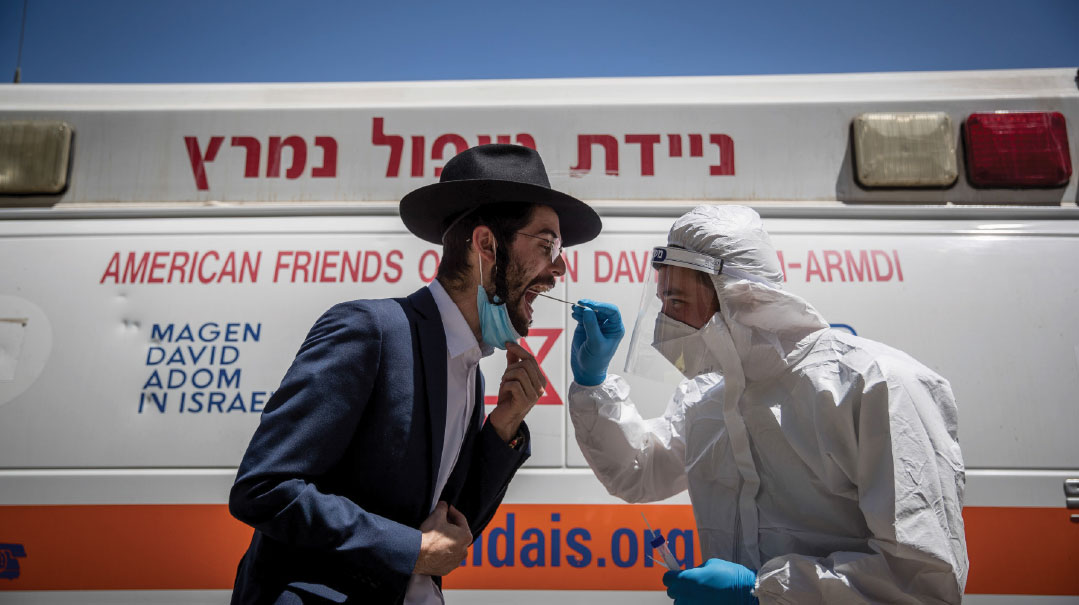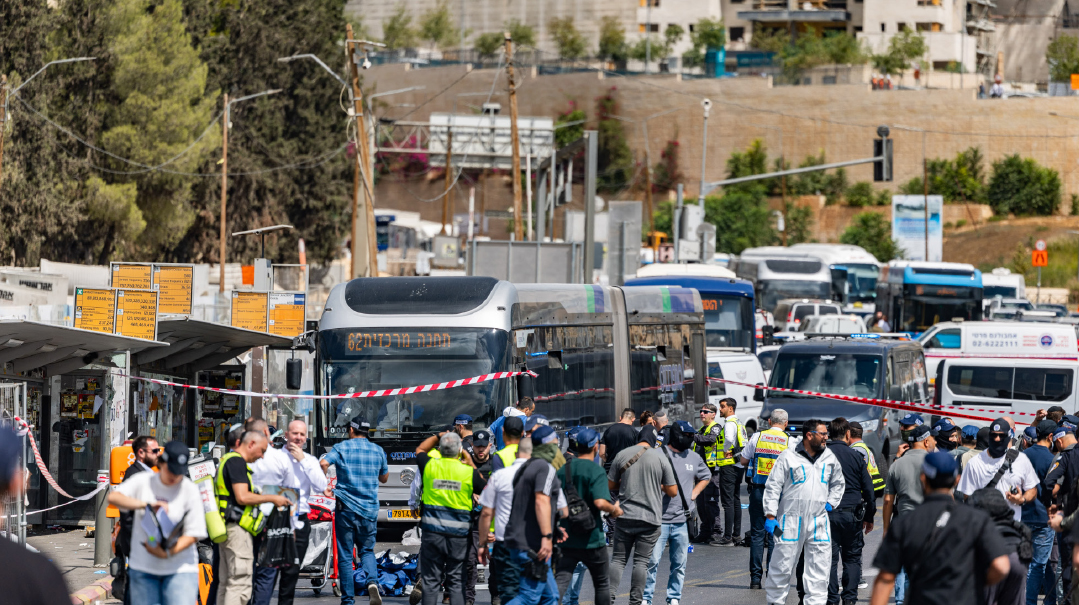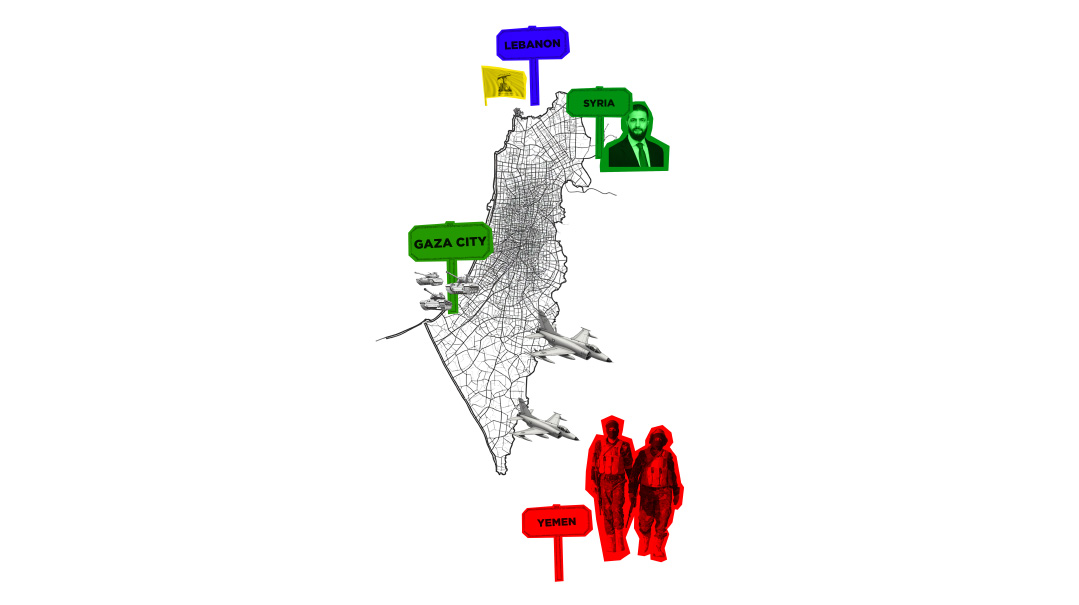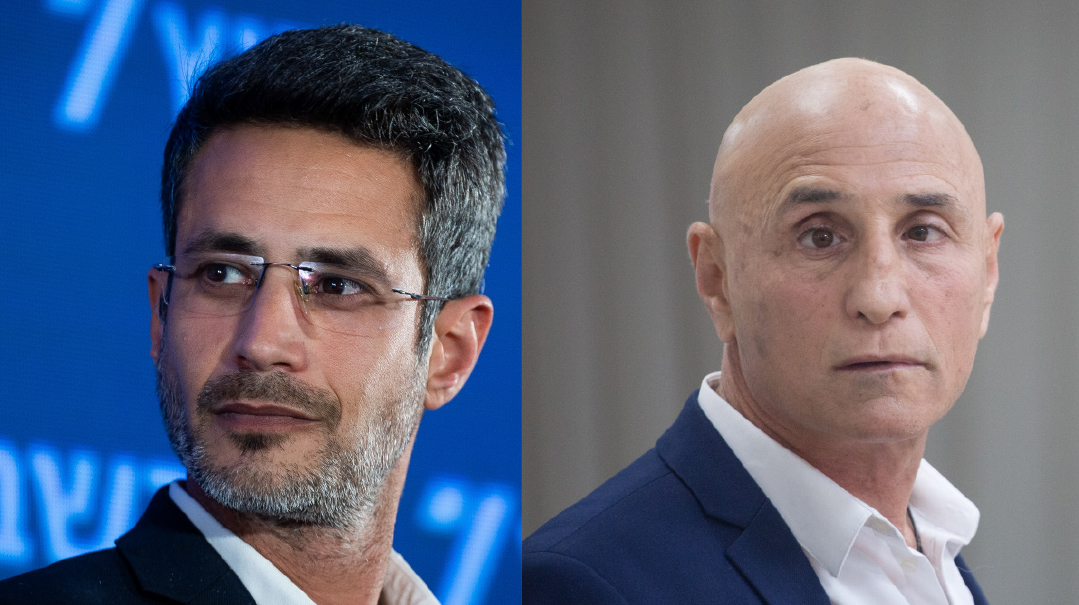Red Light, Green Light: Chareidi Corona Cases Fall

Are chareidi cities still infectious red?

Photo: Flash 90
Pay attention to the following statistic: Of the 29 municipalities currently labeled “red” under Prof. Ronni Gamzu’s “traffic light plan,” only one — the yishuv of Emanuel — is predominantly chareidi. Not one of the major chareidi population centers is still in the red category. Arab towns have replaced them — 60% of red towns are now Arab, as are 30% of new coronavirus cases.
This would appear to signify a major step forward for the chareidi community in managing to significantly reduce the rate of infection. However, it’s not so simple. Color coding is based on three different variables: the number of new cases recorded per week; the number of new cases per week as a percentage of the town’s population; and the percentage of positive test results. The idea behind the “traffic light” system is supposedly to form a balanced picture of what’s going on in any given location. In practice, by focusing on any one of the variables and downplaying the others, a skewed picture can still be presented.
This was what seemed to happen when I spoke with Roni Numa, the man responsible for managing COVID-19 in the chareidi community on behalf of the Health Ministry. When I mentioned the fact that virtually all chareidi towns are now out of the red zone, he sighed and said, “Unfortunately, that’s only on paper. At the hospitals and coronavirus hotels the figures are different.”
Just what is going on in the hospitals and coronavirus hotels that so concerns Numa? Given that most experts concur that the most important statistic relates to the number of serious cases (and particularly to the number of serious cases added daily), surely Numa should feel encouraged that as of this week, this number hovered around 430, which is considered low relative to the number of serious cases the health system is equipped to handle. Israel is a long way off the situation in places like New York or Italy, where the health system was swamped and doctors had to choose whom to save.
Perhaps what he meant to say (although didn’t) was that given the relatively high percentage of those in the under-18 age bracket in the chareidi community, the numbers look better than the situation on the ground. It’s definitely true that those over a certain age are much more vulnerable to the coronavirus. The average age of coronavirus victims in Israel to date is 80.6. Just 15 people under the age of 50 have passed away from COVID-19-related complications; only 50 deaths of the 909 recorded so far (as of Sunday night) occurred in the 51–65 age group.
Indeed, studies conducted in Israel and in other parts of the world have consistently confirmed that children are strangely resilient to this new form of pestilence, and suggest that they are also less likely to pass it on to others. Explanations that suggest a stronger immune response among children seem inadequate, given the fact that young children are extremely vulnerable to other viruses, such as influenza, due to not yet having built up a mature immune system. Moreover, studies showing repeat coronavirus infections after confirmed recoveries suggest that immune response plays either a minor or a misunderstood role in vulnerability to COVID-19.
Given all this conflicting data, should the Israeli government feel reassured? Certainly the number of new cases being diagnosed daily — now averaging around 2,000 as opposed to 1,600 a few weeks ago — seems worrying, but given that the number of tests being administered has also increased, that was only to be expected. Approximately 30,000 tests have been performed each day in the past week, and the percentage of positive results is roughly the same now as it was a month ago. Furthermore, the vast majority of the infected are young and asymptomatic, or have very mild symptoms.
At the same time, it’s important to note that with the number of active cases as high as it is, the government’s stated goal — building an efficient system for cutting off the chains of transmission — doesn’t seem realistic. This week, after lengthy preparations, the IDF assumed responsibility for the epidemiological testing system tasked with identifying chains of transmission. The IDF aims to be able to conduct up to 400 epidemiological investigations per day, complete investigations within 24 hours, and then swiftly contact all those with whom carriers have been in contact in order to prevent new infections. This is an ambitious goal, but even if it is attained, it will still fall short of containing the influx of new cases.
Is then the Health Ministry a victim of its own success? Prof. Gamzu acknowledged that 30,000 tests per day, “what we’re at now, is an excellent number relative to the Israeli population.” He then added that, “Testing, identifying carriers, and isolating everyone who came in contact with them — this all has to happen with the greatest urgency,” without seeming to realize that the success of the one virtually guarantees the failure of the other.
A similar cognitive dissonance (or perhaps an inability to look the truth in the eye) could be seen last week when Gamzu visited Ponevezh yeshivah. “The hall was very crowded,” he told Bnei Brak mayor Rav Avraham Rubinstein afterward. “If this continues, we’ll have no choice but lockdown.”
If what continues? I tried to press him on the fact that of the thousands of bochurim across the country tested before entering their capsules in yeshivah for the Elul zeman, less than 1% of results were positive. Gamzu had no answer for me. Does he have an answer for the rest of the country?
(Originally featured in Mishpacha, Issue 826)
Oops! We could not locate your form.













